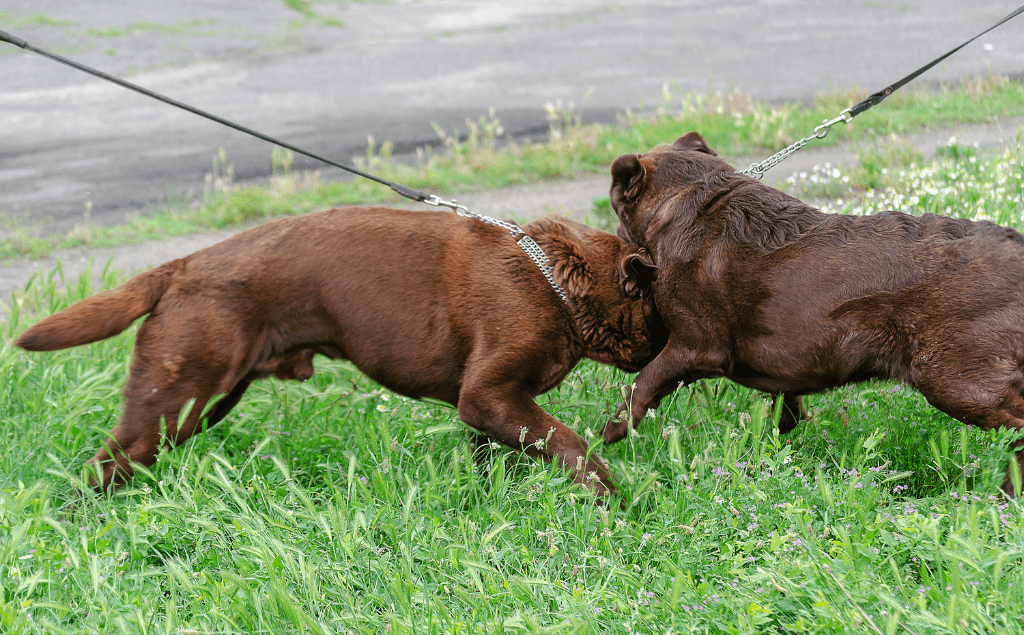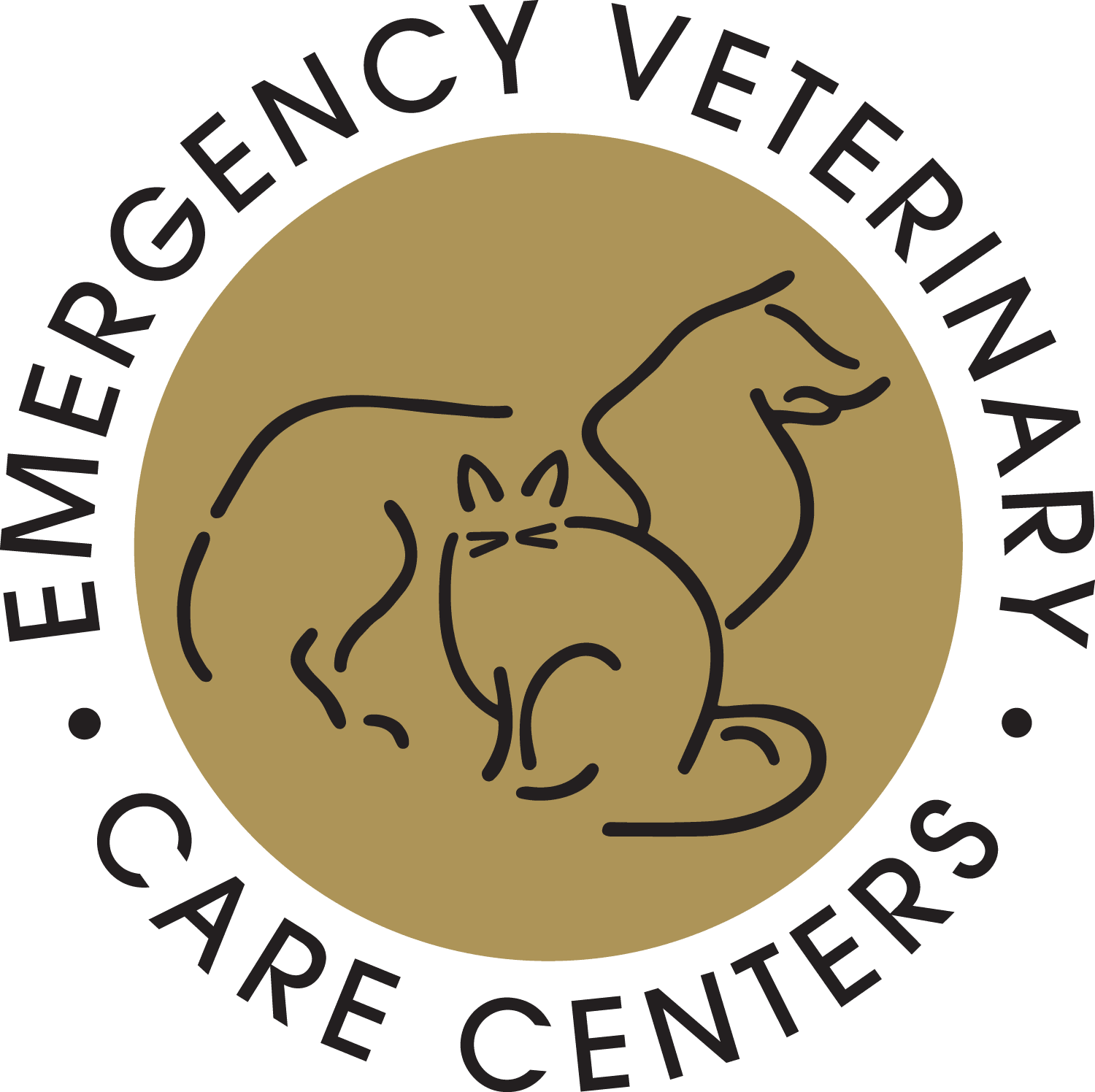
Dog Fight Wounds: Treatment Tips If Your Dog is Injured by Another Dog
While dogs are naturally social animals, interactions can sometimes turn aggressive, resulting in painful injuries. Understanding how to handle dog fight wounds properly can make the difference between a quick recovery and serious complications that threaten your pet's health.
Below, we outlined everything from the steps to take following a dog fight, when to seek veterinary care, and much more.
Common Situations That Lead to Dog Fight Wounds
1. Holiday Gatherings and New Environments
Holidays bring a surge in dog fight incidents at veterinary emergency hospitals. When families gather and bring their pets to homes with resident dogs, stress levels rise for all animals involved. Dogs may feel territorial about their space, leading to confrontations over resources, territory, or simple misunderstandings.
2. Resource Guarding Behaviors
Food bowls, favorite toys, and even attention from humans can trigger aggressive responses in dogs. Resource guarding is normal dog behavior that's rooted in their survival instincts as scavengers. However, it becomes dangerous when multiple dogs compete for the same items.
These fights often result in severe bite wounds because dogs instinctively target the head and neck area during conflicts.
3. Inadequate Introductions
Rushing the introduction process between unfamiliar dogs sets the stage for aggressive encounters. Similar to humans, dogs need time to assess each other's body language and establish comfortable boundaries.
Forcing interactions, such as in a dog park setting, can lead to defensive behaviors and subsequent injuries.
Understanding the Severity of Dog Fight Wounds
Dog bites are more severe than many pet owners realize. A dog bite itself averages 230-320 PSI (in comparison, a human bite averages 120-140 PSI).
The crushing force of a dog's bite, combined with the puncture-and-tear motion, creates wounds that extend far beyond what's visible on the surface. While you might see only small puncture marks, significant damage often occurs to muscles, tendons, and other tissues underneath.
Hidden Damage Below the Surface
Veterinary professionals must assess the full extent of injuries because the most serious damage often lies beneath the skin. Internal bleeding, muscle tears, and nerve damage can occur without obvious external signs. This hidden trauma is why professional veterinary evaluation is crucial, even for seemingly minor wounds.
Risk of Rapid Infection
Dog fight wounds create an ideal environment for bacterial infections. The combination of deep puncture wounds, damaged tissue, and the bacteria naturally present in dogs' mouths creates a perfect storm for infection.
Without proper treatment, infections can develop within hours and become life-threatening.
Immediate Steps When Your Dog Gets Bit by Another Dog
1. Ensure Human Safety First
Before attempting to help your injured dog, make sure all humans are safe. Never reach between fighting dogs or grab them by their collars. Instead, use loud noises, water, or barriers to separate the animals. Many people get bit while trying to break up dog fights, creating additional emergencies.
2. Assess Your Dog's Condition
Once the situation is safe, carefully examine your dog for injuries. Look for:
- Obvious puncture wounds or lacerations, no matter the size
- Redness, swelling or bruising
- Discharge
- Fever
- Difficulty breathing or moving
- Signs of shock (pale gums, weakness, rapid breathing)
- Bleeding that won't stop with gentle pressure
Even if the wound seems minor, it is important you seek emergency veterinary care due to the likelihood of damage deeper than what the human eye can see.
3. Control Bleeding
For wounds that are actively bleeding, apply gentle pressure with a clean cloth or gauze up until you reach the emergency vet hospital.
Avoid using cotton balls or materials that might stick to the wound. If blood soaks through, add more layers rather than removing the original covering.
What NOT to Do When Treating Dog Fight Wounds at Home
Many well-intentioned dog owners make treatment errors that can worsen their dog's condition:
- Don't use hydrogen peroxide or alcohol: These substances can damage healthy tissue and delay healing.
- Don't assume small wounds are minor: The most dangerous injuries often have small surface wounds with extensive damage underneath.
- Don't wait to see if wounds heal on their own: Infection can set in rapidly, making treatment more difficult and expensive.
- Don't give human pain medications without the advice of a licensed veterinarian: Many human medications are toxic to dogs and can cause serious complications.
Why Home Treatment Isn't Sufficient
While you can provide immediate first aid, dog fight wounds always require professional, immediate veterinary care. The complexity of bite wounds, the risk of infection, and the potential for internal damage make home treatment inadequate for anything beyond cleaning the wounds and temporary care.
Prevention Strategies for Severe Dog Fight Wounds
Vaccination is Your First Line of Defense
Keeping your dog current on vaccinations is crucial for preventing infections from bite wounds. Rabies, distemper, and other vaccines protect your dog if they're exposed to diseases through bite wounds.
Additionally, up-to-date vaccinations reduce complications if your dog does get injured.
Careful Introductions Save Lives
When introducing dogs, always:
- Keep initial meetings on neutral territory (like a vacant park or open space)
- Use leashes for control
- Allow dogs to see each other from a distance first
- Watch for signs of tension or aggression
- Separate dogs when unsupervised
Managing Multi-Dog Households
If you have multiple dogs, prevent resource guarding by:
- Feeding dogs in separate areas
- Put toys away when not actively playing with them
- Supervising interactions during high-value activities, like treat time
- Provide several sleeping spots
Signs That Require Emergency Care
Seek emergency veterinary care immediately if your dog shows:
- Any type/size of wound
- If your dog is a smaller dog shaken by a larger dog
- Difficulty breathing or rapid breathing
- Pale or white gums
- Excessive bleeding that won't stop
- Loss of consciousness or extreme lethargy
- Wounds near the eyes, throat, or genitals
- Signs of shock (weakness, cold extremities, rapid pulse)
Long-term Care and Recovery
Following Veterinary Instructions
Your veterinarian will provide specific care instructions for your dog's injuries once they are discharged. This typically includes:
- Administering prescribed medications exactly as directed
- Keeping wounds clean and dry
- Preventing your dog from licking or scratching the injured area
- Monitoring for signs of infection or complications
- Scheduling follow-up appointments for suture removal, check-ups, etc.
Monitoring for Complications
Watch for signs that wounds aren't healing properly:
- Increasing redness, swelling, or warmth around wounds
- Discharge that's yellow, green, or foul-smelling
- Wounds that seem to be getting larger rather than smaller
- Your dog becoming more lethargic or refusing food
- Fever or other signs of illness
Advocate For Your Dog with Emergency Veterinary Care
Dog fight wounds are serious injuries that require immediate professional care. The combination of crushing force, tearing action, and infection risk makes these wounds particularly dangerous. While you can provide basic first aid, immediate veterinary treatment is essential for your dog's recovery and long-term health.
Remember, infection can set in quickly with bite wounds, making early treatment crucial. Don't wait to see if wounds improve on their own; seek veterinary care immediately to give your dog the best chance for a full recovery.
Recent Posts
About Us
At Emergency Veterinary Care Centers (EVCC), we know that pet emergencies are unpredictable and often stressful. That's why our team, with over 20 years of emergency and critical care experience, is ready to assist you and your pet in the toughest situations.


